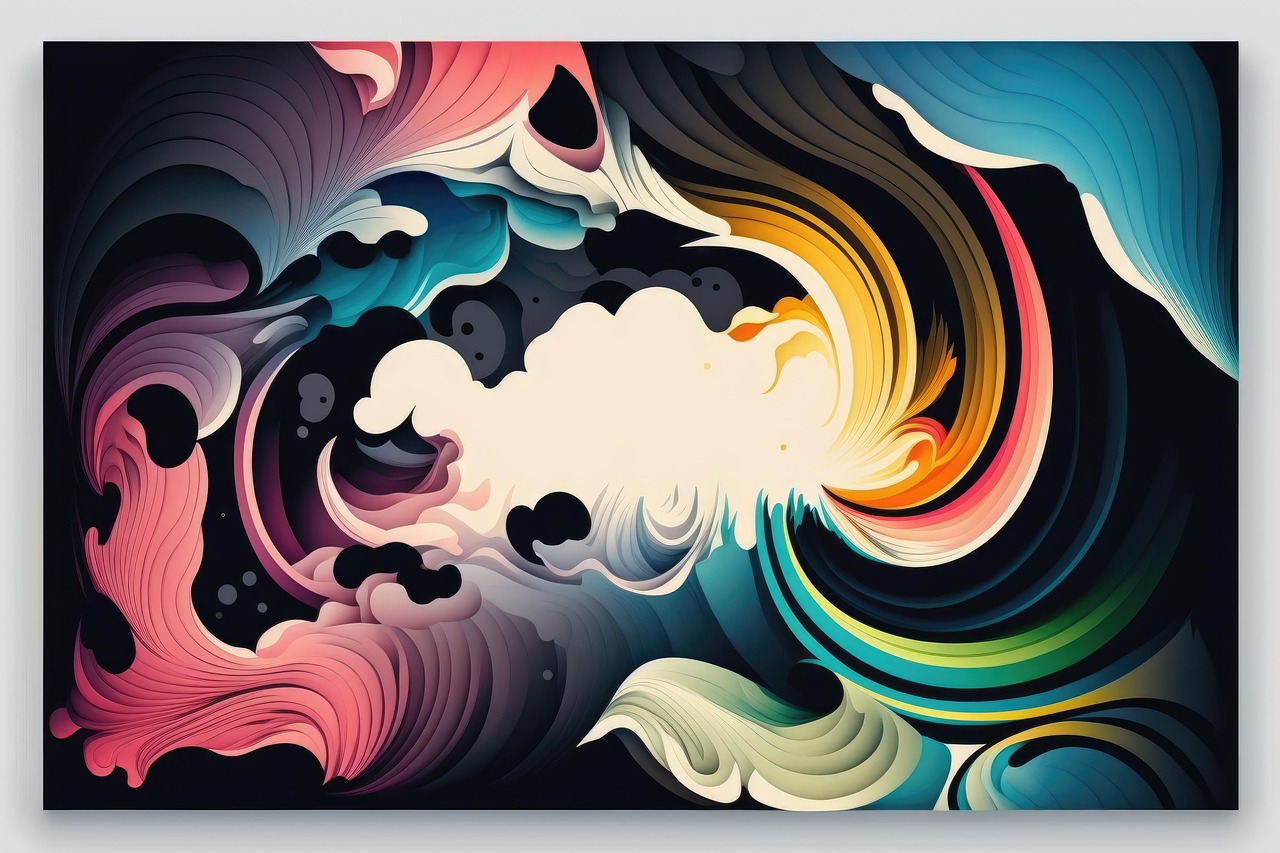A thumbnail is one of the most important aspects of digital content, serving as the first impression for potential viewers. It can determine whether someone clicks on a video, article, or webpage. A good thumbnail maker grabs attention, conveys the content’s essence, and entices the audience to engage. Whether for YouTube videos, blog posts, or social media, creating an effective thumbnail requires thoughtful design and strategy. Here are some ideas to help you create better thumbnails that boost engagement and attract more viewers.
1. Use High-Quality, Visually Striking Images
The first rule of a great thumbnail is quality. Blurry or pixelated images will not only fail to capture attention but may also give a negative impression of the content. Make sure the image is high-resolution, clear, and vibrant. It should stand out even when displayed in a small size, as thumbnails are often viewed at smaller scales.
Consider using action shots or visually dynamic scenes, particularly when creating thumbnails for videos or blog posts. For example, if you are making a thumbnail for a cooking video, a close-up shot of the final dish or a key moment of preparation can instantly pique interest.
2. Include Bold and Readable Text
Adding text to a thumbnail can clarify the content and give context to the viewer. However, it is crucial to keep the text concise and readable. The text should be large enough to be visible even in smaller thumbnail sizes, and the font choice should be simple, bold, and clear.
Limit the text to a few words that highlight the main topic or hook of the content. For instance, in a tutorial video, the thumbnail might include “How to Make Pizza” or “5 Tips for Success.” By combining powerful images with concise text, you can quickly communicate the value of your content.
3. Use Contrasting Colors
Color plays a significant role in grabbing attention. A thumbnail with bright, contrasting colors will stand out more than one that is dull or monochromatic. Try to use complementary colors to create a visual balance. For example, if your thumbnail features a bright red background, consider using yellow or white for the text to create a striking contrast.
Avoid using too many colors in the same thumbnail, as this can make the design look cluttered. Stick to two or three main colors to maintain clarity and focus.
4. Focus on Faces and Emotions
People are naturally drawn to faces, and thumbnails that feature human expressions can trigger an emotional response. When creating a thumbnail, consider using close-up shots of faces with strong, expressive emotions that reflect the mood of the content. A smiling face for a fun video or a surprised look for a shocking revelation can grab viewers’ attention and spark curiosity.
If the content involves interviews, reviews, or storytelling, using faces can make the thumbnail feel more personal and relatable. Even if you’re designing thumbnails for more abstract or conceptual content, incorporating facial expressions can humanize the image and increase engagement.
5. Maintain Consistency in Style
If you’re creating thumbnails for a series or brand, consistency is key. Establish a recognizable style that reflects your brand identity, whether that’s through colors, fonts, or layout. Viewers will associate this style with your content, making it easier for them to spot your videos, blogs, or social media posts.
Consistency also includes keeping the size and shape of the thumbnail uniform across platforms. Different platforms may require slightly different thumbnail dimensions, so be sure to adjust your designs accordingly. Keep in mind the aspect ratio and resolution that works best for each platform, whether it’s YouTube, Instagram, or a website.
6. Incorporate Visual Hierarchy
Good design relies on a clear visual hierarchy, which directs the viewer’s attention to the most important elements first. You can achieve this through strategic placement of images and text. The key message, whether it’s a face, product, or bold text, should be the focal point of the thumbnail.
Use size and contrast to your advantage. For example, make the main text larger and bolder than secondary details. This makes it easier for viewers to quickly process the content of the thumbnail and decide whether to click on it.
7. Create Intrigue with Action and Movement
Thumbnails that convey action or movement tend to generate more interest than static images. For example, showing a person in mid-action (like jumping, running, or interacting with an object) creates a sense of excitement and anticipation. Similarly, images that hint at a narrative or reveal something unexpected can spark curiosity.
You can also use visual elements like arrows, icons, or other graphic details to emphasize movement or guide the viewer’s eye to a key element of the thumbnail. These small design features can significantly enhance the impact of your thumbnail.
8. Test and Optimize
Lastly, always test and optimize your thumbnails. Experiment with different designs, colors, fonts, and layouts to see which ones get the most clicks and engagement. Platforms like YouTube offer A/B testing features that allow you to compare two different thumbnails for the same content and track performance.
Pay attention to the analytics, and adjust your designs based on the data. It may take a few tries to find the optimal thumbnail design, but the effort is worth it when it results in more clicks and greater audience engagement.
A thumbnail is more than just a small image; it’s a powerful tool for drawing in potential viewers and setting the tone for the content. By focusing on high-quality images, readable text, contrasting colors, facial expressions, and a consistent style, you can create thumbnails that not only look appealing but also increase engagement. Keep experimenting and optimizing your designs, and you’ll soon see the impact a well-crafted thumbnail can have on your content’s success.
